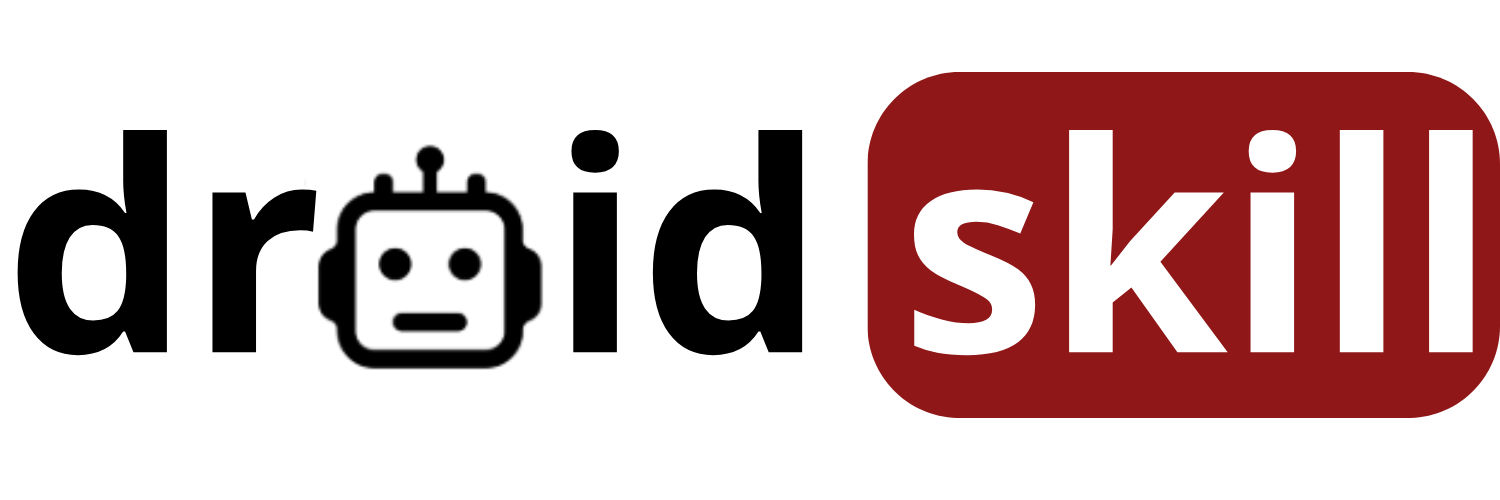Hey Android enthusiasts! Ever felt the frustration of losing contacts or struggling to keep them updated across multiple devices? You're not alone! Contact management can be a real headache, but fear not! This guide will equip you with the knowledge and tools to master contact syncing on your Android device in minutes. We'll explore various methods, from built-in features to powerful third-party apps, ensuring your contacts are always safe, organized, and accessible.
Let's dive into the world of seamless contact synchronization!
Understanding Contact Syncing
Before we jump into the how-to, let's understand why contact syncing is crucial. Syncing ensures that your contact list is consistently updated across all your devices and accounts. This means if you add, edit, or delete a contact on your phone, the changes will automatically reflect on your tablet, computer, and any other connected devices. No more manual updates or the dreaded lost contact scenario!
Method 1: Google Account Sync
The most common and arguably the easiest way to sync contacts on Android is through your Google account. Most Android devices are inherently linked to a Google account, making this a seamless process.
Steps to Enable Google Contact Sync:
- Open your device's Settings app.
- Scroll down and tap on Accounts or Accounts and sync (the exact wording may vary depending on your Android version).
- Select your Google account.
- Look for Contact sync or Sync contacts. Ensure the toggle is switched ON.
- If it's already on, you can tap on it to force a manual sync.
Pro Tip: Make sure you have a stable internet connection (Wi-Fi is recommended) for the initial sync and subsequent updates.
Method 2: Device Manufacturer's Cloud Service
Many Android manufacturers, such as Samsung, Xiaomi, and Huawei, offer their own cloud services that include contact syncing. These services often provide additional features and integration with the manufacturer's ecosystem.
Example: Samsung Cloud
If you own a Samsung device, you can use Samsung Cloud to sync your contacts. Here's how:
- Open Settings on your Samsung device.
- Tap on Accounts and backup.
- Select Samsung Cloud.
- Tap on Contacts and ensure syncing is enabled.
Important Note: Using a manufacturer's cloud service might tie your contacts to that specific ecosystem. If you switch to a different brand, you might need to migrate your contacts to a more universal platform like Google Contacts.
Method 3: Third-Party Contact Management Apps
For users seeking more advanced features, customization options, or cross-platform compatibility, third-party contact management apps can be a game-changer. These apps often offer features like duplicate contact merging, business card scanning, and integration with various services.
Here are a few popular options:
1. Contacts+
Contacts+ is a powerful contact management app that combines your address book, dialer, SMS, and social media into one unified platform. It offers features like contact grouping, smart search, and automatic contact enrichment.
Contacts+ is a great option for users who want a comprehensive contact management solution with advanced features and cross-platform compatibility. It's particularly useful for professionals who need to manage a large number of contacts and stay connected across multiple channels.
Download Contacts+ from Play StoreSearch Contacts+ on Play Store
2. Simple Contacts Pro
Simple Contacts Pro is a lightweight and customizable contact management app that focuses on simplicity and privacy. It's open-source and doesn't require any unnecessary permissions.
If you value privacy and simplicity, Simple Contacts Pro is an excellent choice. It provides all the essential contact management features without any bloat or unnecessary permissions. The open-source nature of the app also ensures transparency and security.
Download Simple Contacts Pro from Play StoreSearch Simple Contacts Pro on Play Store
3. Microsoft Outlook
While primarily an email client, Microsoft Outlook also offers robust contact management features. It seamlessly integrates with your Microsoft account and allows you to sync contacts across all your devices.
If you're already using Microsoft Outlook for email, using it for contact management is a natural choice. It provides seamless integration with your Microsoft account and offers a range of features for managing your contacts effectively. It's a great option for users who are heavily invested in the Microsoft ecosystem.
Download Microsoft Outlook from Play StoreSearch Microsoft Outlook on Play Store
4. Cloze Relationship Management
Cloze is a relationship management app that automatically tracks your interactions with your contacts across email, social media, and phone calls. It helps you stay organized and build stronger relationships.
Cloze is a powerful tool for professionals who need to manage relationships with clients, customers, or partners. It automatically tracks your interactions and provides insights to help you stay organized and build stronger connections. It's a great option for sales professionals, entrepreneurs, and anyone who values relationship management.
Download Cloze Relationship Management from Play StoreSearch Cloze Relationship Management on Play Store
5. HubSpot CRM
HubSpot CRM is a free customer relationship management platform that helps you organize, track, and nurture your leads and customers. It includes contact management features, as well as tools for sales, marketing, and customer service.
HubSpot CRM is a comprehensive solution for businesses of all sizes. It provides a range of tools for managing your contacts, leads, and customers, as well as features for sales, marketing, and customer service. The free version is a great option for small businesses that are just starting out.
Download HubSpot CRM from Play StoreSearch HubSpot CRM on Play Store
Method 4: Exporting and Importing Contacts
While not ideal for continuous syncing, exporting and importing contacts can be useful for transferring contacts between different accounts or devices, especially when other methods aren't feasible.
Steps to Export Contacts:
- Open your device's Contacts app.
- Look for an Import/Export option (usually found in the settings menu).
- Select Export.
- Choose the format (usually .vcf or .csv).
- Select where to save the exported file.
Steps to Import Contacts:
- Open your device's Contacts app.
- Look for an Import/Export option.
- Select Import.
- Choose the source of the file (e.g., internal storage, SD card).
- Select the .vcf or .csv file you want to import.
- Follow the on-screen instructions to complete the import.
Troubleshooting Common Syncing Issues
Even with the best methods, syncing issues can sometimes occur. Here are some common problems and their solutions:
- Contacts not syncing: Double-check that contact sync is enabled in your Google account settings. Also, ensure you have a stable internet connection.
- Duplicate contacts: Use a contact management app with duplicate merging features to clean up your contact list.
- Contacts showing up in the wrong account: Verify that you're adding new contacts to the correct Google account.
- Sync taking too long: Try clearing the cache and data of the Contacts app in your device's settings.
Tips for Effective Contact Management
Beyond syncing, here are some tips for keeping your contacts organized and up-to-date:
- Use descriptive names: Avoid generic names like John or Mom. Use full names and add relevant information like company or relationship.
- Add profile pictures: Visual cues can help you quickly identify contacts.
- Utilize contact groups: Group contacts based on relationship, company, or other criteria for easy filtering and communication.
- Regularly clean up your contact list: Delete outdated or irrelevant contacts to keep your list manageable.
- Back up your contacts: Regularly back up your contacts to a safe location (e.g., Google Drive, external storage) to prevent data loss.
Choosing the Right Method for You
The best contact syncing method depends on your individual needs and preferences. If you're looking for a simple and seamless solution, Google Account Sync is the way to go. If you need more advanced features or cross-platform compatibility, a third-party contact management app might be a better choice. And if you're simply transferring contacts between devices, exporting and importing can be a quick and easy solution.
Conclusion
Mastering contact syncing on your Android device doesn't have to be a daunting task. By understanding the different methods available and following the tips outlined in this guide, you can ensure that your contacts are always safe, organized, and accessible. So, take control of your contact list and enjoy the peace of mind that comes with seamless contact synchronization!
Now go forth and conquer your contacts!


